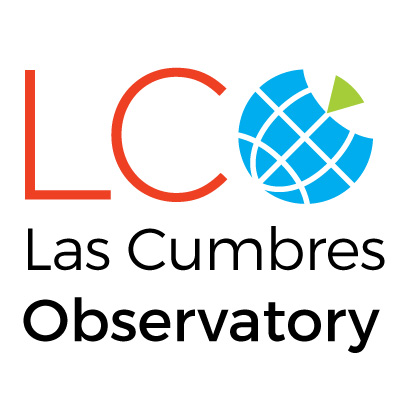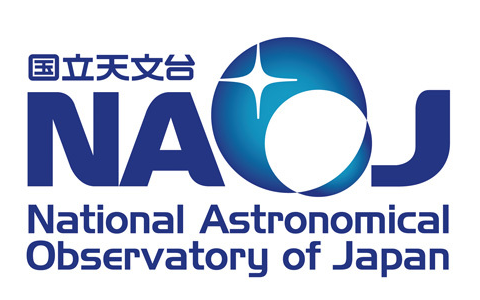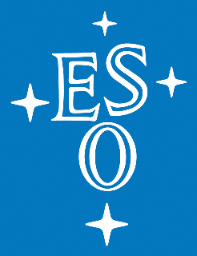Elisabeth Hevelius is often considered one of the first female astronomers, and both an asteroid and a crater on Venus are named after her.

Astronomy is an interesting science not only because of the big questions it takes on — where do we come from, what are we made of, what’s out there in the Universe — but also because it is beautiful. Incredibly beautiful. Who doesn’t fall in love with the images a telescope like Hubble can capture?
Using the Nicholas U. Mayall 4-meter Telescope at Kitt Peak National Observatory in Arizona, United States, astronomers made a stunning image of an irregular dwarf galaxy called Sextans B, about 4.5 million light-years from us here on Earth.
Sextans B holds many different and curious astronomical objects. Some, like the ruby-red clouds of atomic hydrogen, are star nurseries, as they allow the birth of new, bright stars. Others, like planetary nebulae, are more like star graves, as these are the outside layers of aging red giant stars thrown out into space when they’re close to death.
The image you see here also shows fuzzy, faraway galaxies coloring space in the background, while stars from our own Milky Way shine in the front.
Sextans B borrows its name from its parent constellation Sextans (the Sextant, an instrument used to measure the height of stars from the horizon). Polish astronomer Johannes Hevelius identified the constellation in 1687, and it is named after an astronomical instrument he and his wife Elisabeth would use in their observations — many of which were conducted without the aid of a telescope!
Image credit: KPNO/NOIRLab/NSF/AURA Data obtained and processed by: P. Massey (Lowell Obs.), G. Jacoby, K. Olsen, & C. Smith (AURA/NSF) Image processing: T.A. Rector (University of Alaska Anchorage/NSF’s NOIRLab), M. Zamani (NSF’s NOIRLab) & D. de Martin (NSF’s NOIRLab)





















